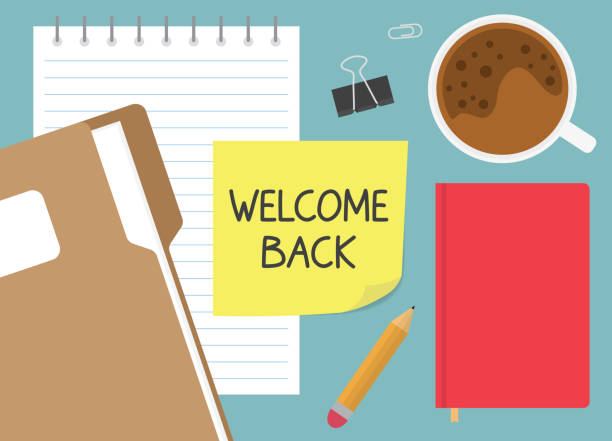
Why should we return to office? The lament reminds me of Pink’s song “Just Give Me A Reason” where she begs: “Just give me a reason, just a little bit’s enough.” To date, the headlines have instead focused on the reasons for staying home.
For example, a recent Wall Street Journal article cited the difficulties around getting urban workers to head to the office given increasing crime on public transportation, the cost of commuting and continued worry about Covid. [WSJ, Big Cities Can’t Get Workers Back to the Office, July, 7, 2022.]
Those pushing for return to office have missed the most important reason for gathering in-person: The work itself! As a life long organizational consultant I have experienced first-hand how compelling it is to bring people together to share experiences and collaborate. We are social animals. And let’s face it, many of us tire of staring at a screen all day.
Over the past few months I have witnessed amazing workplace dynamics resulting from face-to-face experiences:
- A global team that was headed in many different directions aligned, moving together towards their goal. This required focusing team members on the specific tasks at hand. The team members shared what help they needed from their peers in order to perform. This led to dynamic discussions about what the team can realistically provide each other.
- A support team determined how they can accomplish annual goals via working in new ways. Team members indicated that they were floundering as they tried to navigate new work challenges on their own from home. The team members shared best practices. They identified ways to collaborate in order to gain new capabilities and adopt new approaches.
- An operations team was able to meet face-to-face for the first time in years. Many of the team members were new to their roles. They shared moving life stories and work experiences. At the conclusion, team members indicated that they had gained newfound energy for their work due to really getting to know one another for the first time
The above breakthroughs did not come quickly. It was not as easy as simply gathering team members in-person and hoping for positive outcomes. Rather, powerful interactions happened as a result of planned deep engagement. These carefully designed interactions lasted several days. A number of important factors were at play:
- In some cases team members needed to be in person in order to have the time and focus for in depth topics which led to understanding of the work at hand and how their roles overlapped.
- In other instances team members benefited from a great deal of spontaneous back and forth discussion resulting from in-person interaction.
- In most cases, the age old challenge of trust played out. Team members needed to spend time together building up their faith in their peers in order to open up themselves.
The team collaborations described above do not require us to be in the office all the time. In fact, many teams are carving out chunks of time to gather together each quarter, month and/or week. This is the new brand of hybrid work.
We need a reason to face the risk, cost and just plain old inconvenience of hauling ourselves to the office. Just give me one reason to return: The people!
Note: This blog does not reflect the views of my employer.





